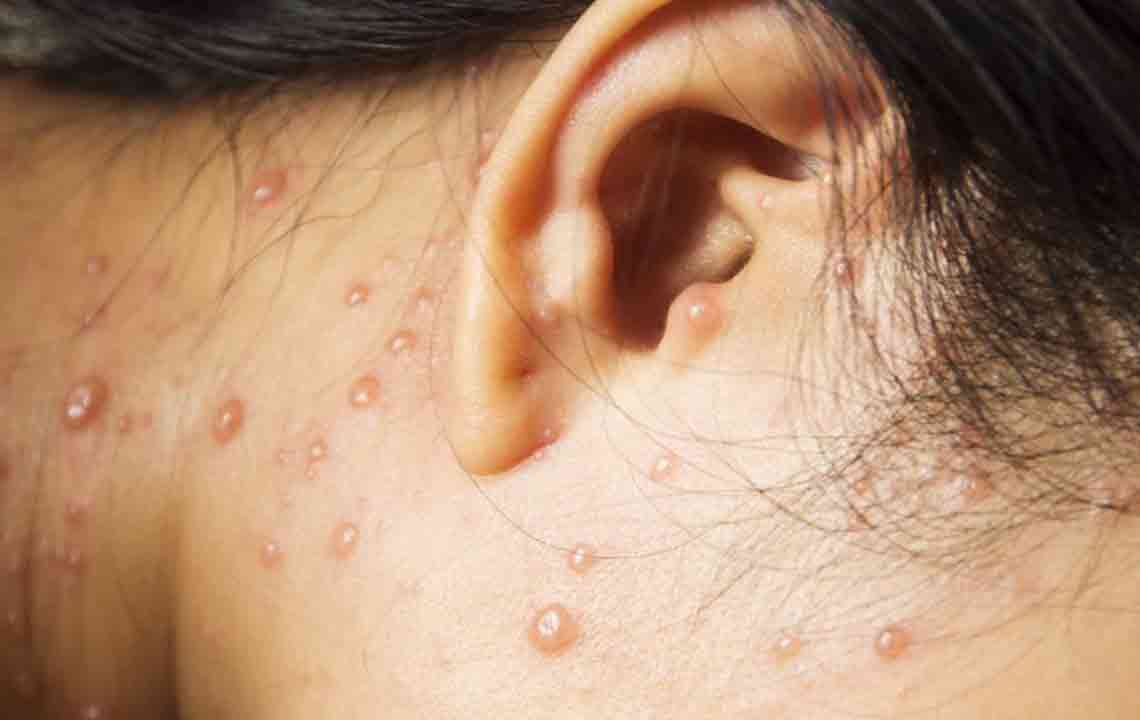All You Need to Know About Shingles
What are shingles? Not many of us might know the coinage of this word. Shingles is a skin rash which is kind of painful and is caused by the varicella-zoster virus. It usually appears as a strip or band on a small area on one side of the body or face. It is also known as herpes zoster and is most common among older adults. People with weak immune systems are also prone to the problem.

People with nerve pain from shingles suffer a lot because this pain has a very severe kind of a sting. It occurs as an excruciating or stabbing pain felt all of a sudden in the middle of the night. For others, signs can induce a constant prickling or a burning sensation all day. Uncontrolled nerve pain can be difficult to tolerate. But with treatment, it can usually be sufficiently controlled. Physicians call it PHN or postherpetic neuralgia. PHN is caused by nerve damage which is a side effect or post-shingles syndrome. Shingles itself develops from reactivation of the chickenpox virus called varicella zoster.
Understanding nerve pain
Pain is generally a sign of caution. When your hand gets too close to any heated object like a stove, the nerves transmit pain signal to the nerve endings connecting the brain and as a reaction, one immediately pulls back before actually burning oneself. But that system doesn’t function when you have nerve damage. Damaged nerves tend to malfunction sending wrong signals leading painful sensation without getting the drift of the cause. Damaged nerves might also induce a numb feeling even when you are severely injured.
Triggers of nerve pain from shingles
Some find that specific body postures or activities like walking or standing in line can become painful. Your body can go overly sensitive due to the damage to the nerves. Some people may encounter pain from even a quilt draped lightly over their body meaning a single touch can send severe pain signal.
Loss of feeling
One might also feel a loss of sensation or numbness in the fingertips, making it harder to initiate a hand coordinated action. Writing, typing or maybe knitting or tying your shoelaces may become a complicated job. People suffering from nerve damage have the feeling as if they are always wearing gloves.
Who can experience nerve pain post-shingles?
Earlier, according to researchers, it was only older people who were more likely to get PHN, the nerve pain after shingles, but new studies have discovered other factors that amplify the risks. In one study published in a particular journal, researchers studied data from 965 people with shingles, among which majority were women.
Nerve pain from shingles can be denoted by the presence of symptoms before the rash appeared, like numbness, itching, tingling or pain, severe rash.
The Emotional Toll of Nerve Pain from Shingles
In the Journal of Pain in 2005 the results were published and it stated that the effect was more of a psychological stress which could be a potent risk factor for PHN. The study revealed that people with shingles who went on to develop PHN were more likely to have personality disorders, intense worry about their disease, hypochondria and other bodily infirmities. The risk of developing PHN was greater in people who were living alone when they developed shingles than people living with others perhaps, showing that social isolation reinforces the risks of PHN.
Preventing post effects of nerve pain from shingles
If you’re anxious about PHN, don’t let hopelessness drive you. There are medications that can lower your risks of succumbing to the condition. There are three antiviral drugs used: valacyclovir (Valtrex), famciclovir (Famvir) and acyclovir (Zovirax). These prescriptions need to be started within two to three days of the onset of shingles on the clear guidance of your physician. In older adults, the pain factor is reduced at six months by half which is a very significant improvement. These medicines have least side effects and are safe in most cases.
Someone who is over 50 and has severe symptoms should get preventive treatment to reduce the nerve pain from shingles. But for those with fewer risk factors or younger people, the course is less explicit.
A simple remedy that works well is corn starch or baking soda as they help dry the sores from the rashes so that they heal more promptly. Soak crusted sores with tap water to help decrease oozing, clean the coats, dry and calm the skin. Ask your physician about using topical creams to help alleviate the soreness caused by shingles and do have patience. Be aware of the condition and follow the instructions of your doctor to manage the condition in an effective manner.


